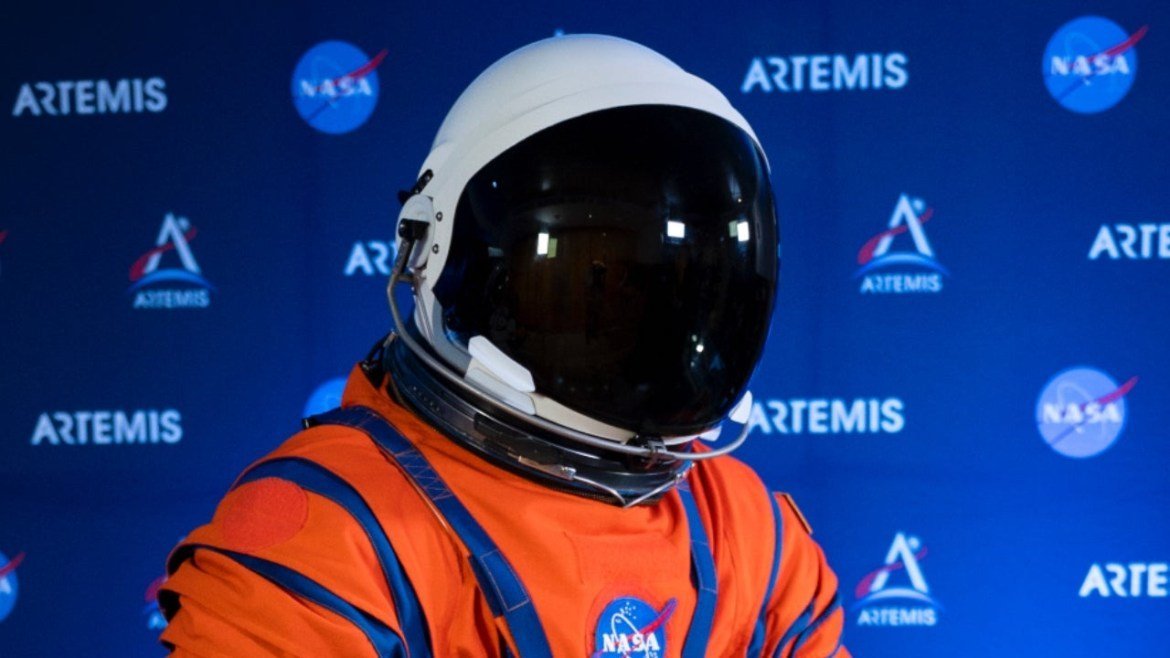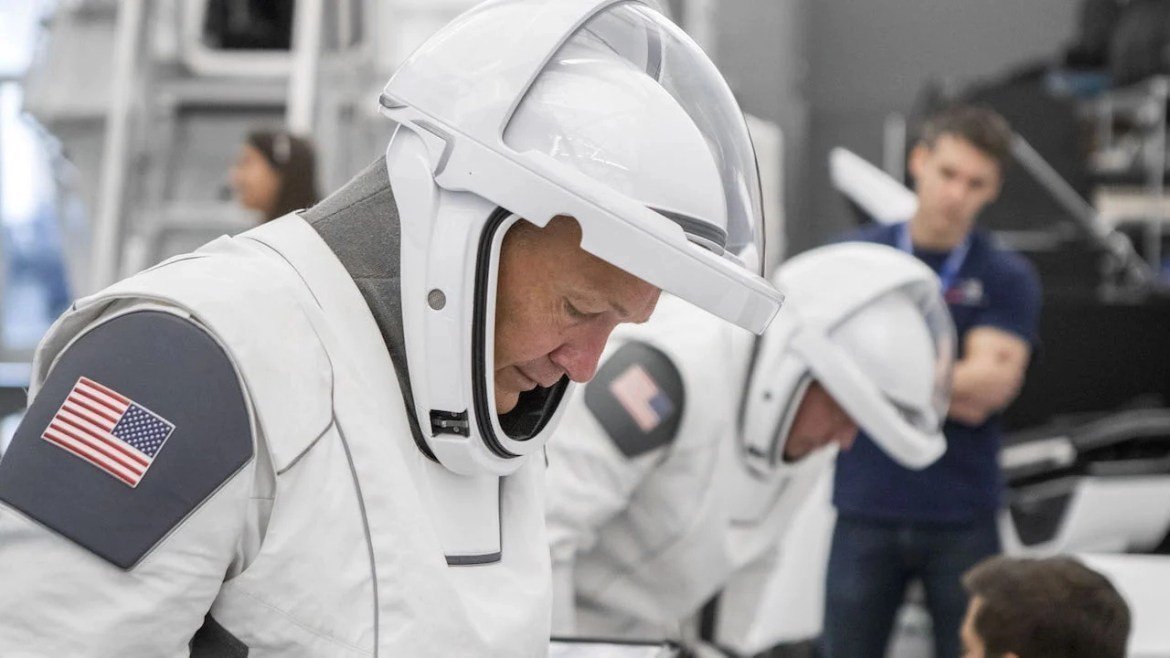How much does the US Aerospace Agency’s (NASA) spacesuit cost? What are the features of these clothes? We sought answers to these questions for you. First off, let’s point out that NASA’s fleet of space suits has been the same since 1974, and the space agency is currently working on new suits.
In 1974, it was announced that these space suits cost between $15 million and $22 million. Since then, the agency has not revealed any new outfits ready for the mission. But it made improvements over existing outfits. Still, this led to NASA having a spacesuit crisis. Because now NASA only has four mission suits left.
What is a spacesuit?
In the first part of the text, we stated that the US space agency is facing a major crisis. The spacewalk that NASA planned to do with female astronauts in March 2019 was also canceled due to clothing problems. The agency had only found a suitable (medium-size) suit for one of the two female astronauts.

So why is spacesuit design so difficult? Because a spacesuit is actually like a spacecraft. It needs to protect the astronaut from radiation from outer space, the sun, and other objects. In addition, this suit should prevent objects traveling at a speed of approximately 29,000 km in space from harming the astronaut. In addition to all this, it must provide oxygen, communication, telemetry and everything a human needs for survival.
However, 18 suits were developed for the Space Shuttle program in 1974, Business Insider reports. The first and second teams no longer exist. Two teams each were destroyed in the 1986 Challenger and 2003 Columbia disasters. Another spacesuit was lost in the latest SpaceX-7 cargo mission crash. Seven of the remaining 11 outfits go through various renewal and maintenance processes. So there are only four ready-to-fly spacesuits.
NASA invests $200 million in Artemis spacesuit
NASA has invested more than $200 million to develop the xEMU suit for the Artemis Moon program. Aside from these investments made by the agency since 2009, no new outfits have yet emerged. Moreover, the lack of clothing is not the only problem. Components used in clothing are also declining rapidly. For example, carbon dioxide sensors. Some components in existing garments are no longer manufactured. Even some of the vendors that produce these components no longer exist.

One of the most expensive components of the spacesuit is the gloves. These gloves are designed to not prevent astronauts from working in space, but to protect their health. Inside, there is a pulley and rope system, while on the outside there are heat radiators that keep the astronaut’s hands warm.
The gloves used by astronauts on the Apollo missions were much less functional than those currently used. For example, astronauts could not grasp a stone on the ground with their hands. However, there is no such problem with the gloves developed by engineers at the moment.
The life support system is considered the most important component of spacesuits. The backpack attached to the back of the suit undertakes many important functions, from maintaining the temperature to removing carbon dioxide. This component is more expensive than gloves.
By the way, from time to time, there may be a design or production error in the clothes. For example, in 2013 European Space Agency astronaut Luca Parmitano’s helmet filled with water. About 1.5 liters of water nearly drowned Parmitano in the middle of his spacewalk.
A spacesuit costs $100 million today.
Back to the main point, the $15 million to $22 million cost of a spacesuit in 1974 is between $83 million and $122 million today. According to Quartz, a spacesuit costs about $1 billion. However, given the fact that NASA is having difficulty finding funding for design and development, there is a risk that future missions will be delayed.

The next generation spacesuits under development are called xEMU for short and focus on the safety of astronauts. In addition, the suits with advanced communication technology will contain interchangeable mechanisms for different space missions. However, the agency lacks the resources to cover the high cost of the xEMU spacesuit. That’s why NASA is trying to collaborate with private industries to develop the next generation of spacesuits.